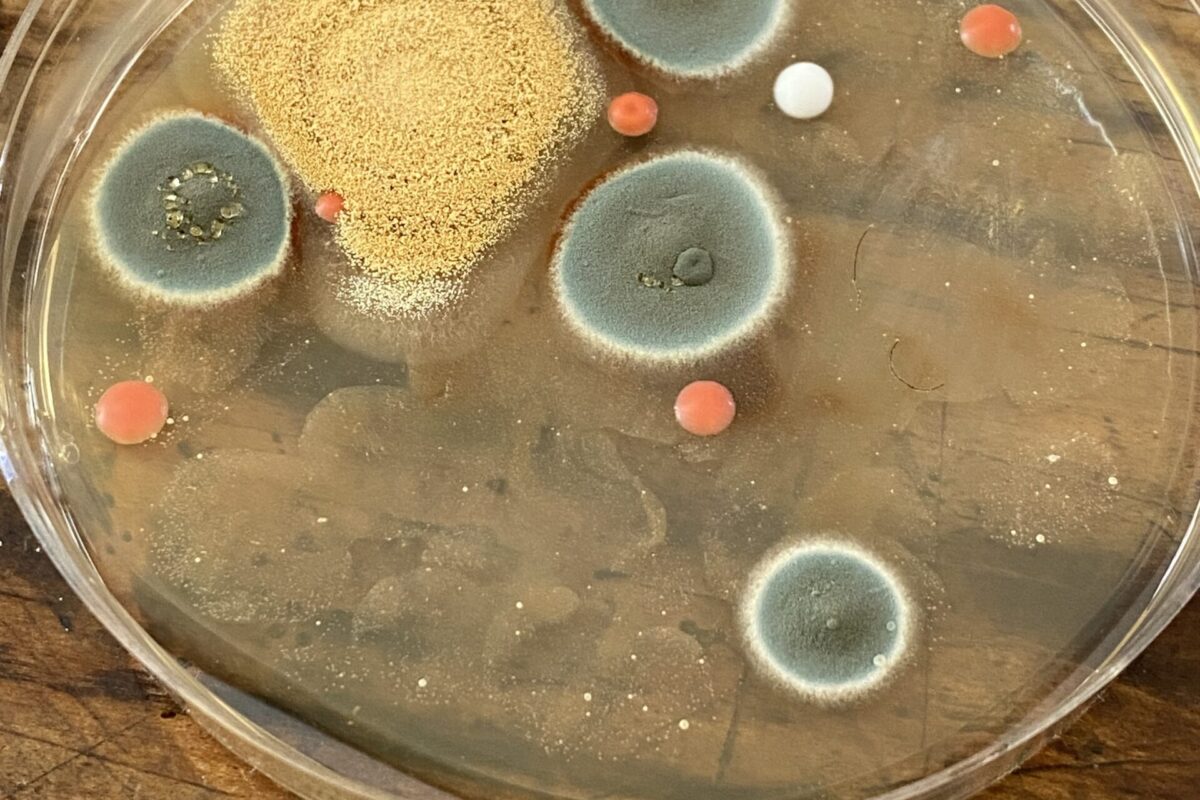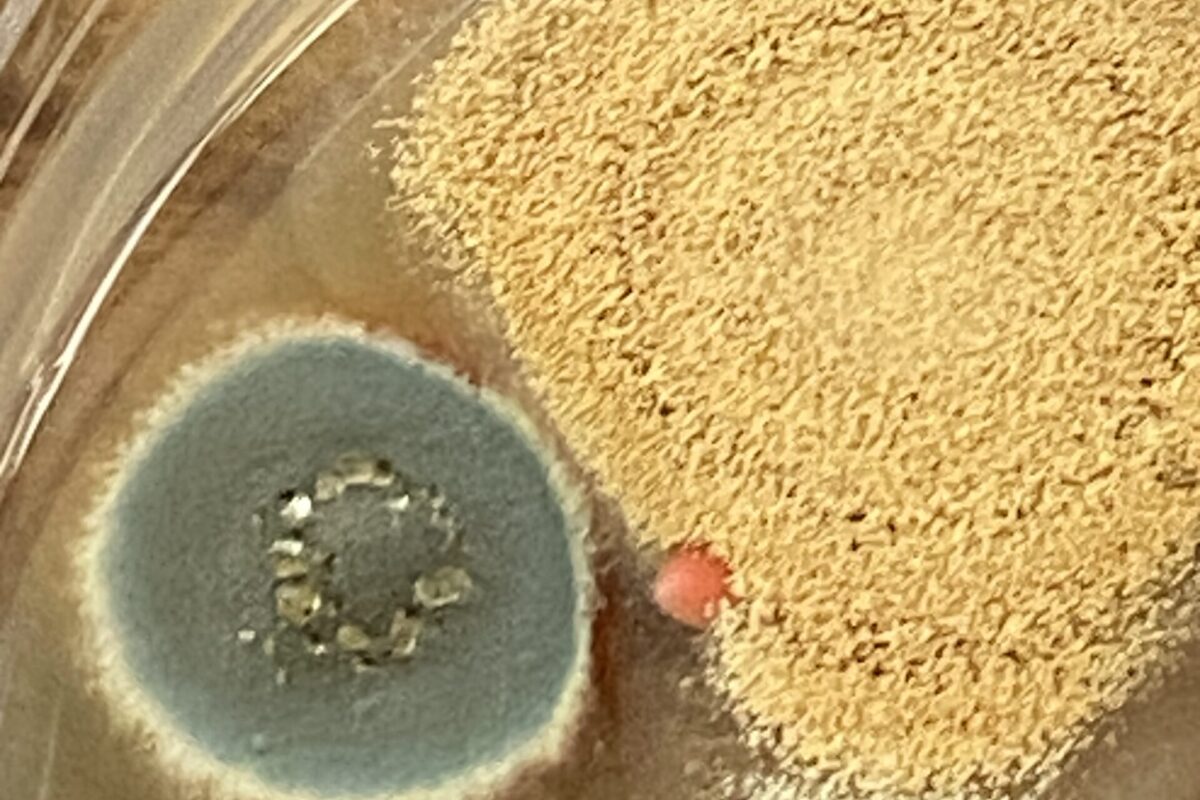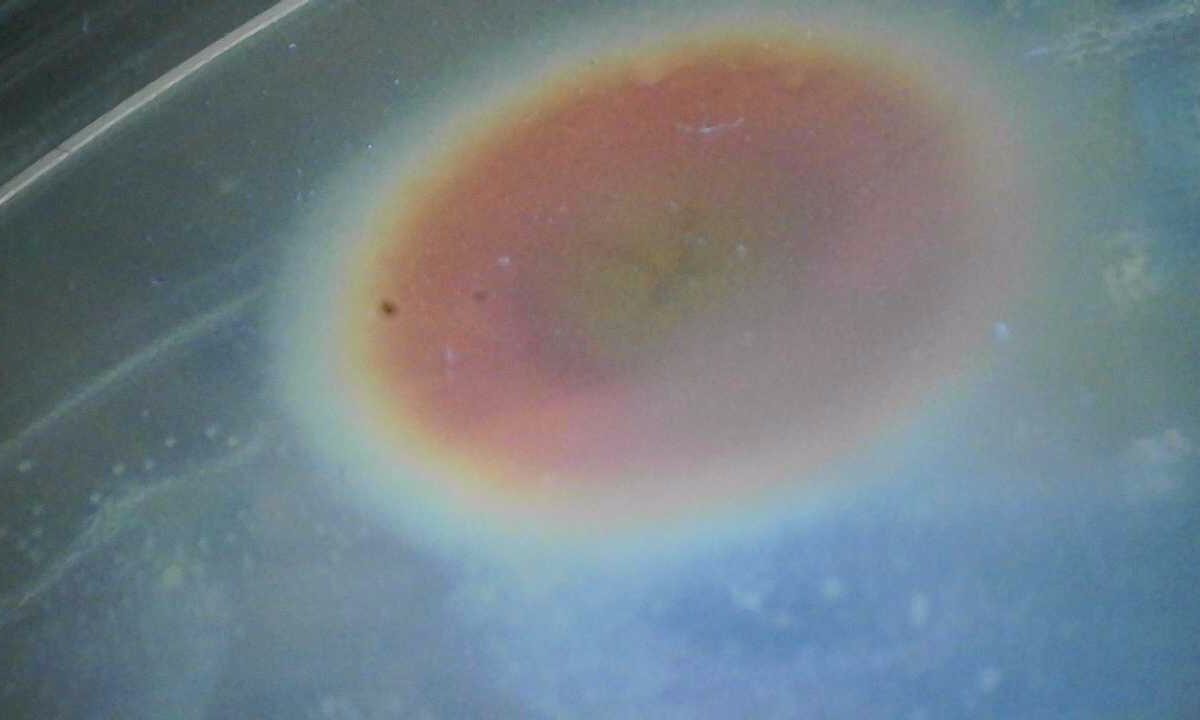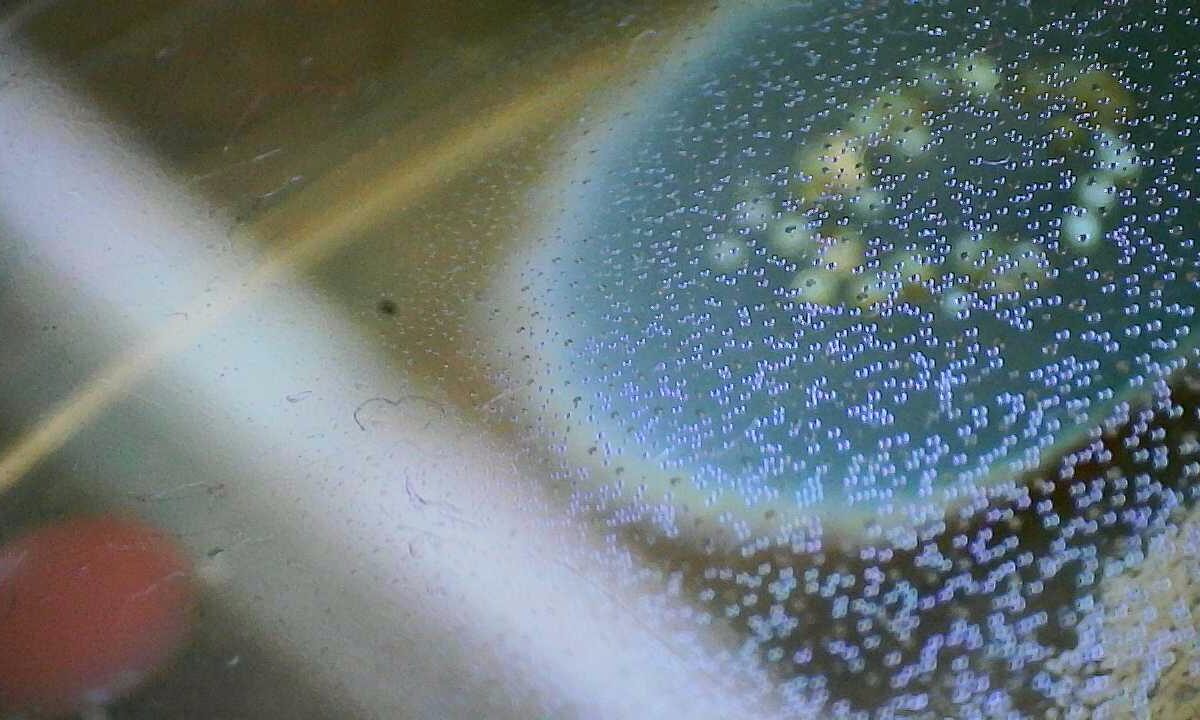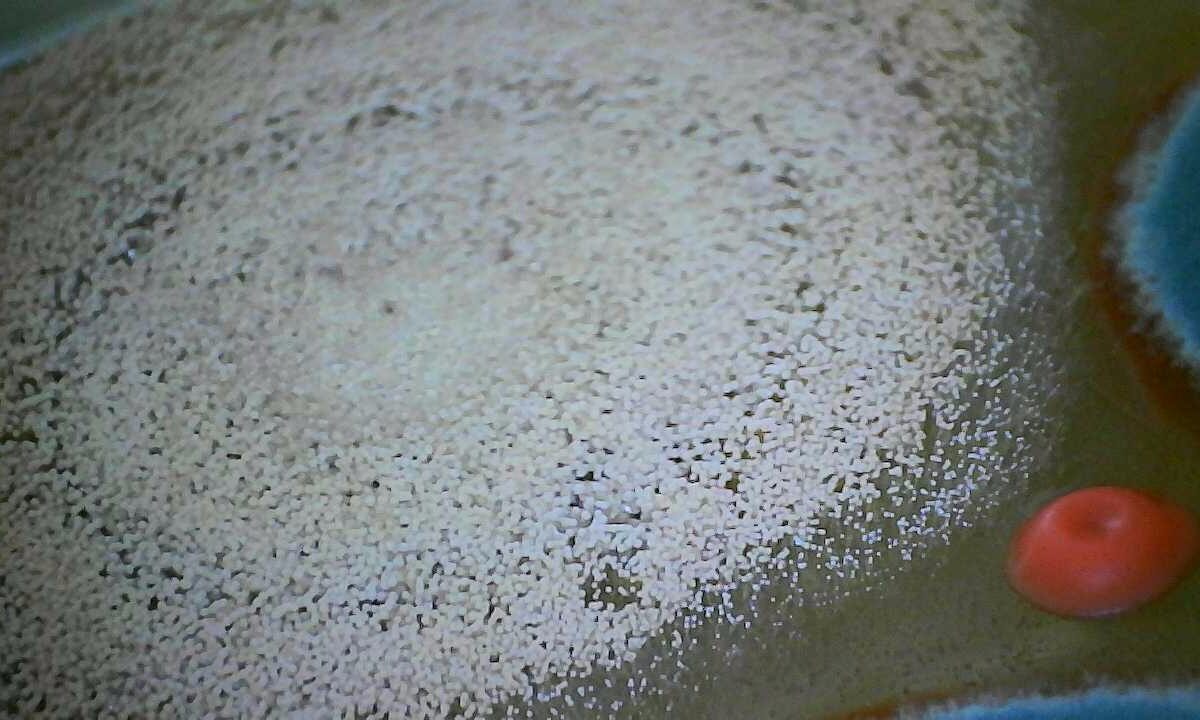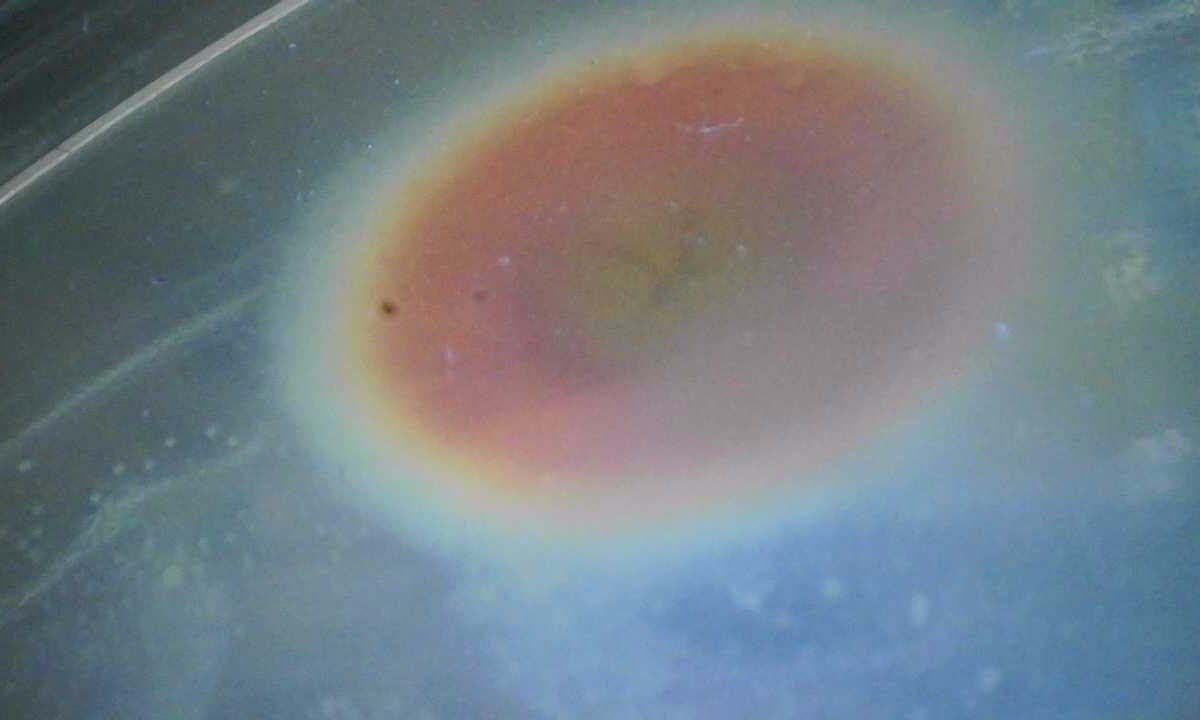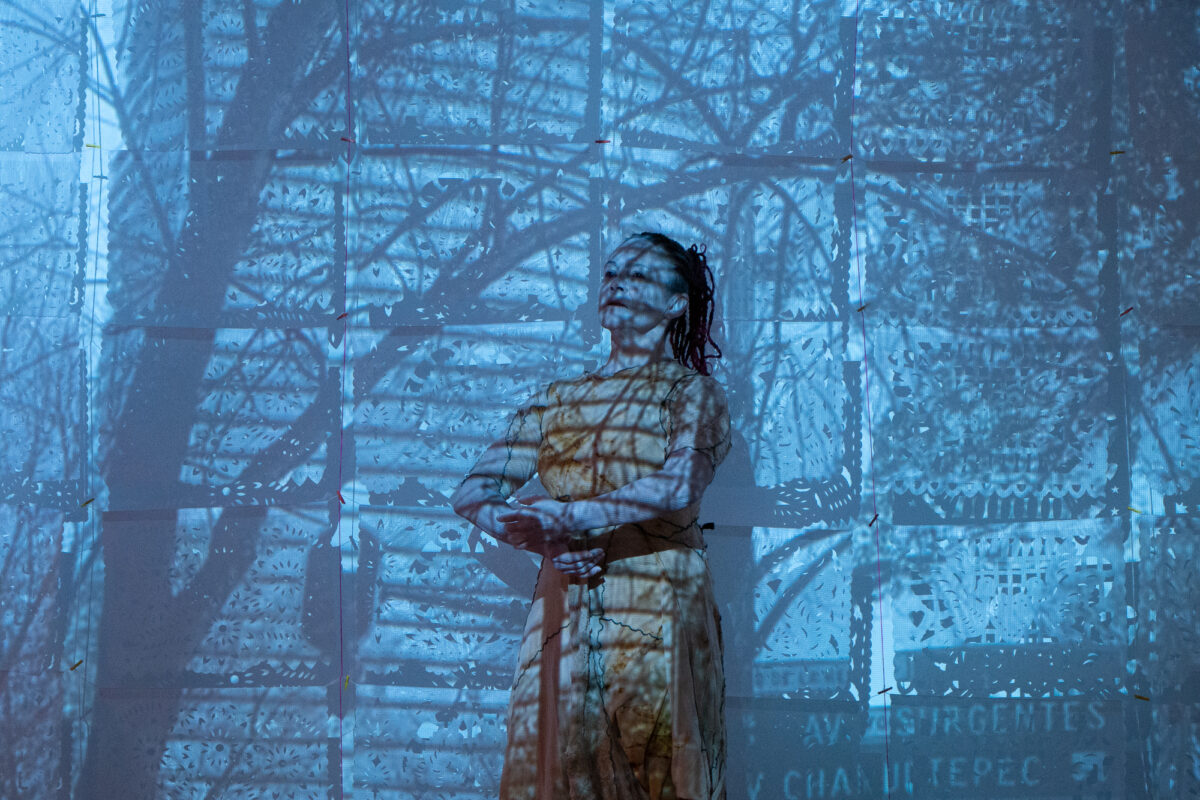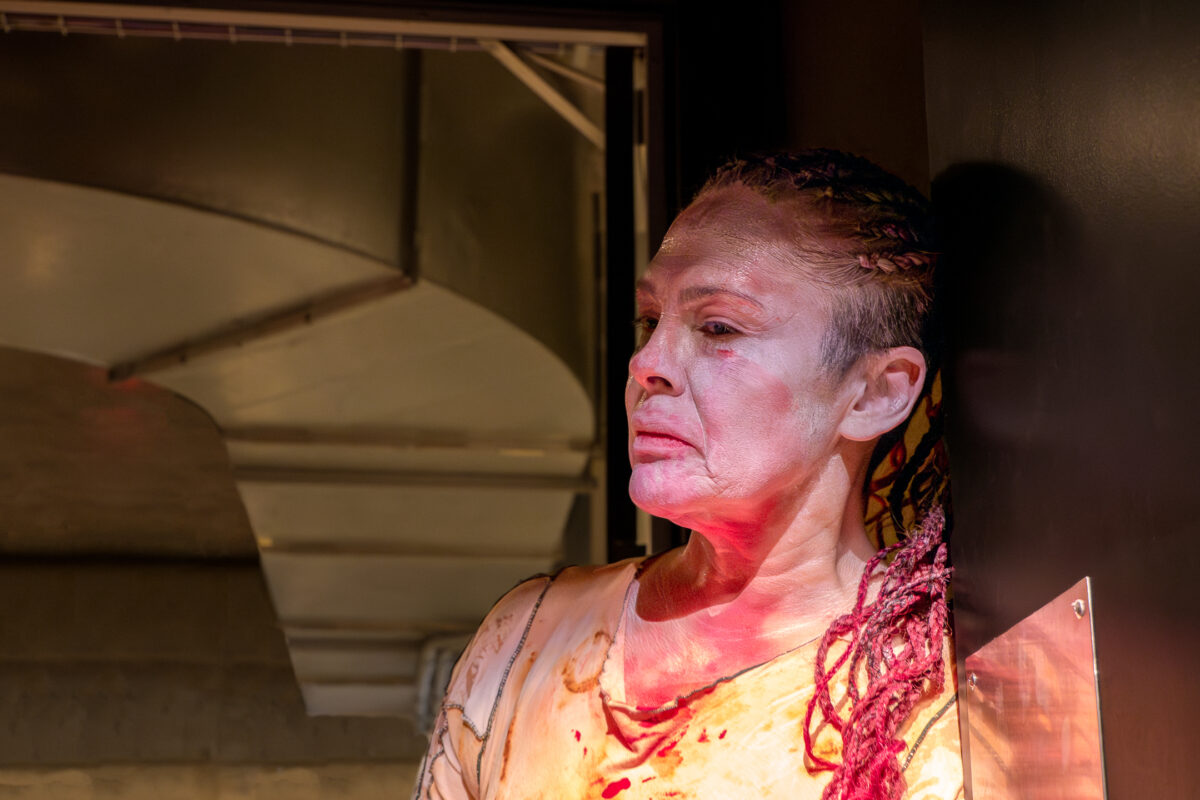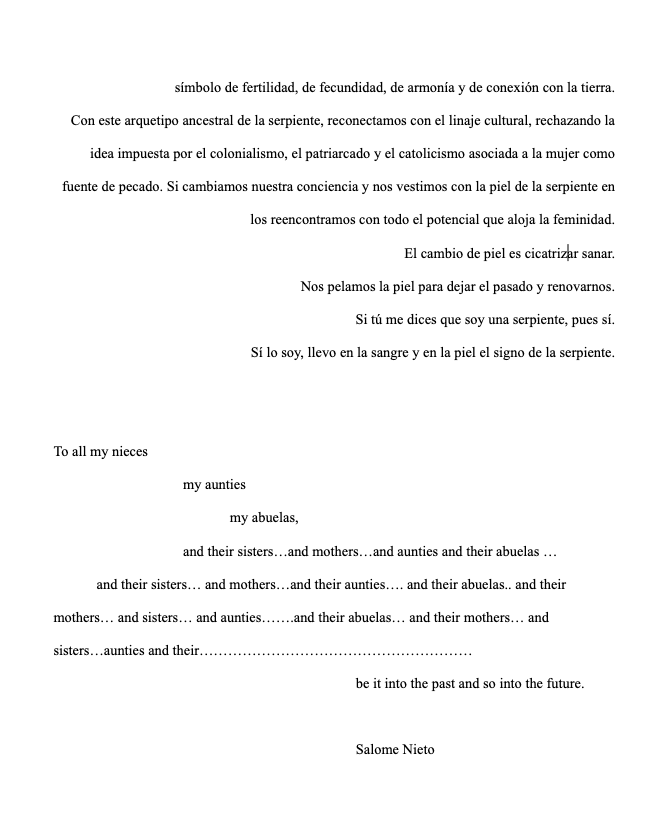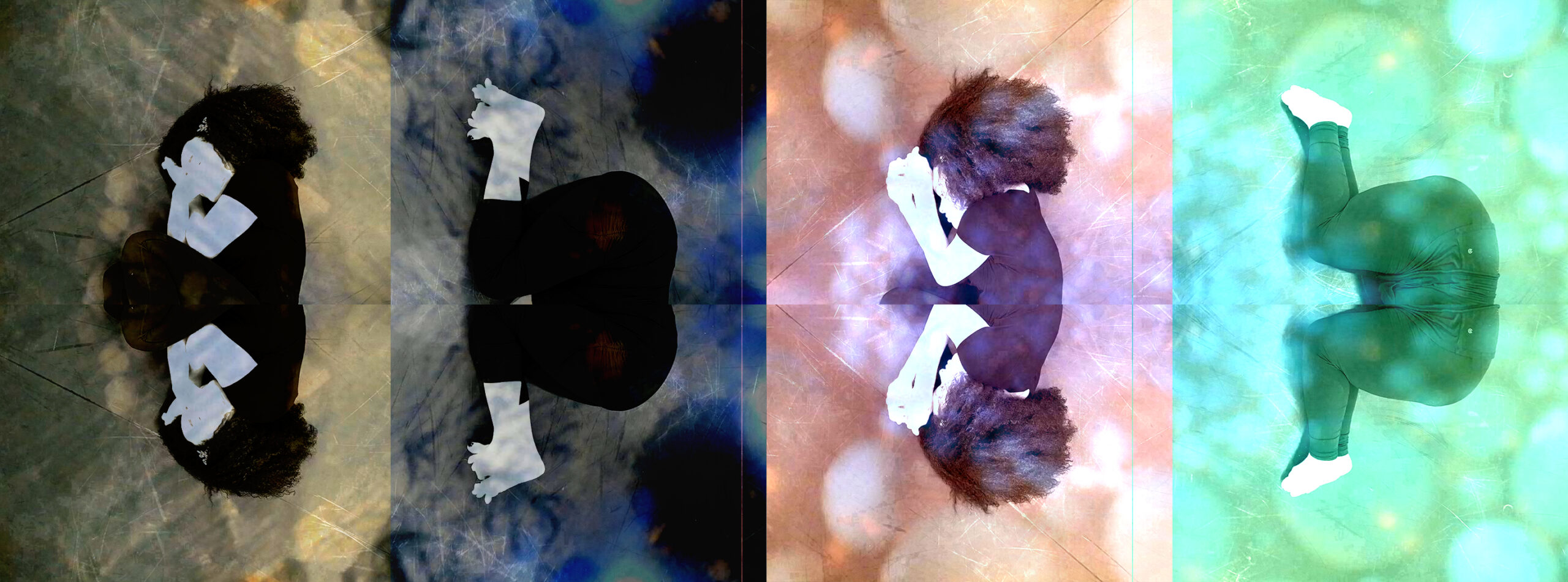Since last summer, and fall, I partially attended and attempted to participate in the generative workshops that Gabriela Aceves-Sepulveda hosted in the <i>Mitochondrial Ontologies</i> project. It was “partial” and “attempted” because for most of the workshops I was recovering from a serious illness. My capacity was limited. I attended about an hour of the full-day workshops and then went home exhausted and flooded with fatigue. For the creative work outside of the workshops, I made a limp attempt to feed the projects’ shared files and folders with photos and texts about the lone petri dish of bacteria and fungi that I managed to cultivate with some help from my partner. I was like Johanna Hedva during Black Lives Matter, inside a sick house with a limp fist raised in solidarity, wondering if I was a contributor to anything other than a sick woman’s existence. Eventually I learned that my contributions to the project could be made on my own terms, using the themes and methods as they took on growing relevance and resonance for me.
Since being diagnosed with cancer, all of my artmaking has been collaborative. This strategy has been born out of the necessity to take on substantial projects despite limited energy, and out of joy–now more than ever–in the company of cherished colleagues making creative work desirable and possible. In this parallel project to <i>Mitochondrial Ontologies </i>I am immensely grateful to be working with colleague and elder advisor in sick woman care, Margaret Dragu. Together we expect to produce a new work based on specific domestic ontologies that circulate as wisdom through the bodies of elders, menopaused women, bed-ridden, chair-enabled, house-bound, immunocompromised, fatigue-flooded, virus and cancer stricken, orthopaedically fractured and repaired… We are reflecting on wisdoms held by bodies-that-become through their situated and ever-changing interdependencies and mobilities.












